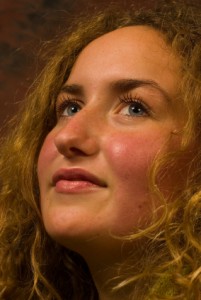Recognizing The Symptoms Of Rosacea
- Posted on: Apr 23 2015

Common Rosacea Symptoms
How do you know if you have rosacea? Its symptoms are similar to other skin conditions such as allergic reactions or acne. The following will help you figure it out:
- Reddened face: Rosacea can result in a unrelenting redness of your face, particularly in the central regions. This is because blood vessels around your cheeks and nose swell up and become visible.
- Eye problems: About 50 percent of all those suffering from rosacea experience one or more eye problems such as irritation, swelling, dry eye disease, reddened eyelids. Sometimes, these conditions may manifest before the skin problems.
- Swollen red bumps: A number of people also develop small bumps on their face which look like acne. These bumps may be filled with pus. Your skin may also become very tender and hot to touch.
- Rhinophyma: Although not common, this may also manifest. Rhinophyma is characterized by thickening of the skin around your nose, thereby making it appear more bulbous. It is more likely to be present in males than in females.
If you experience any of these symptoms, you will have to consult a dermatologist for proper diagnosis and treatment. While there is no particular way to test for this disease, it is often diagnosed by ruling out other diseases having similar symptoms.
While there is no cure, the symptoms can be controlled. You may require a combination of prescription medications (topical and oral) and surgical methods (like laser surgery or electrosurgery) to deal with rosacea. Surgical methods may be needed when changes caused by rhynophyma become permanent.
Interested in learning more about rosacea? Contact Goldman Dermatology
For more information about treating rosacea or any of the services we offer, contact Dr. Goldman. We are located in New York City and can be reached directly at 212.962.1115. We look forward to hearing from you soon.
Tagged with: Rosacea
Posted in: Rosacea

 Same-day Appt
Same-day Appt 212.962.1115
212.962.1115 